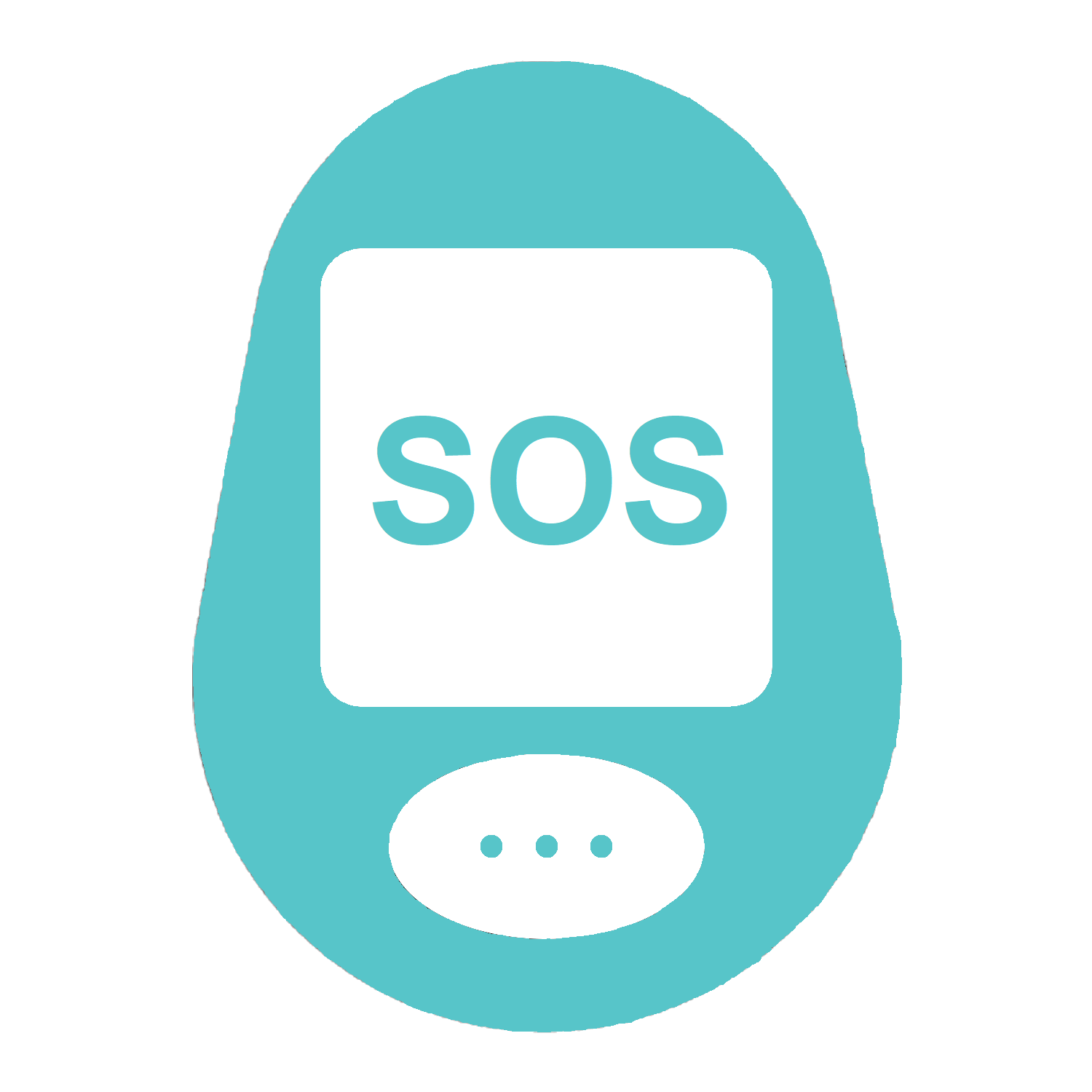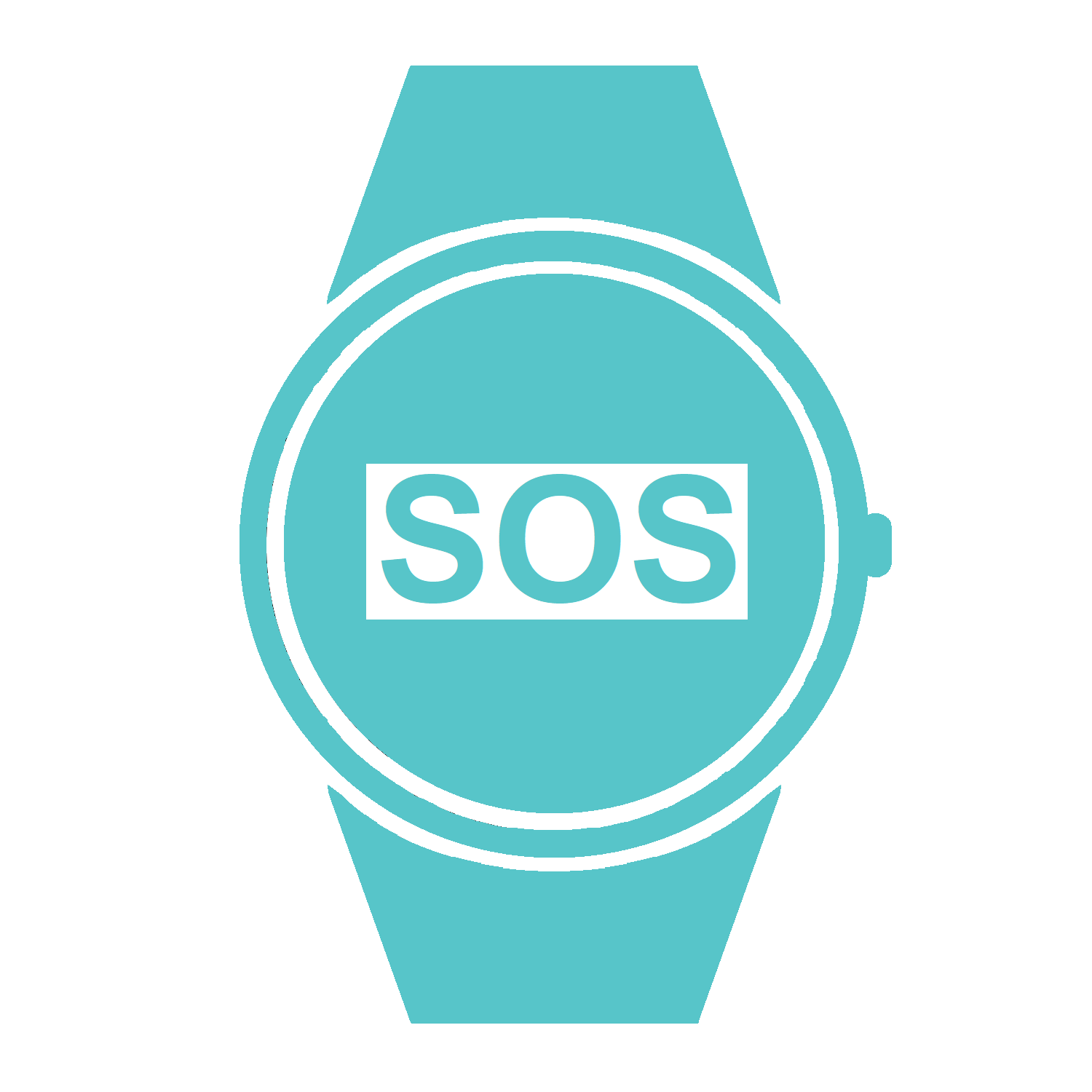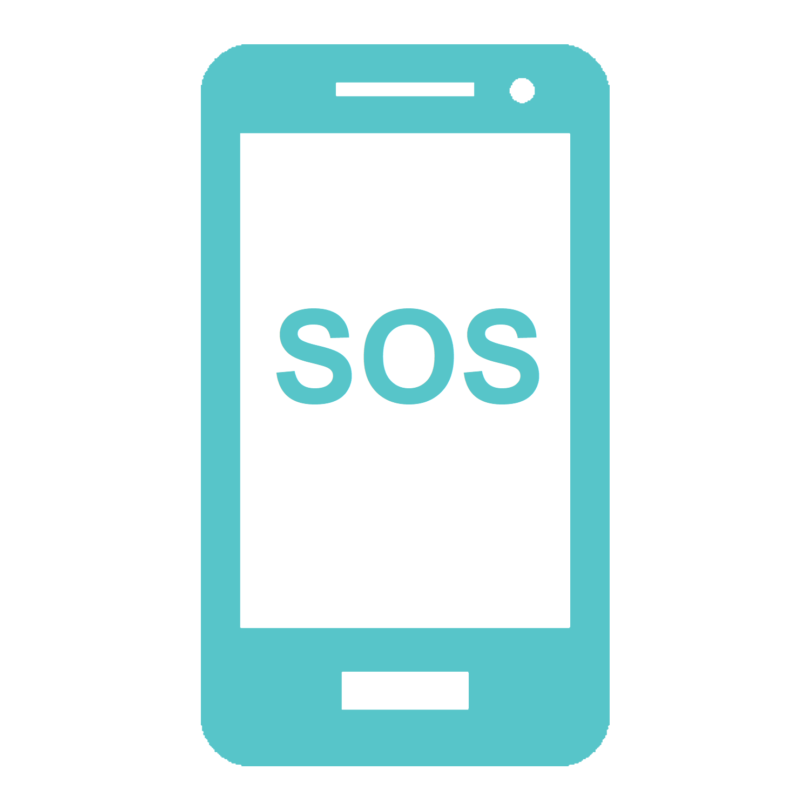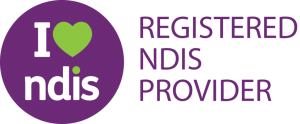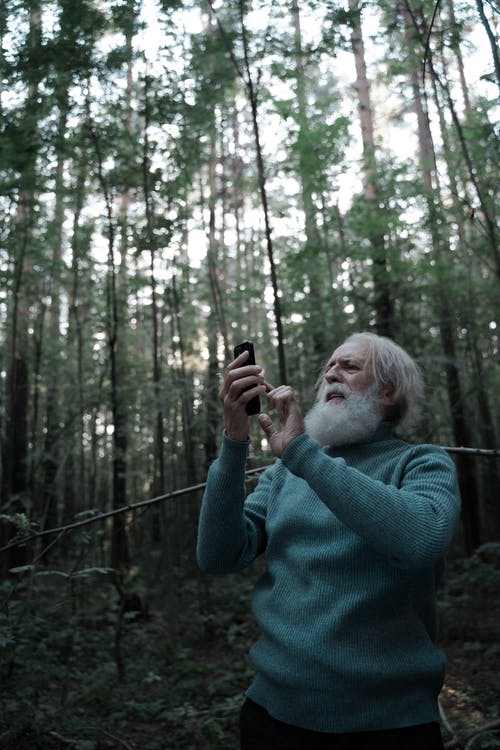How GPS Tracking works with your Medic Alert
As if by magic, our location can be known to others. This article will reveal some of the methods used in Personal Alarms for the Elderly to determine their location.
Without delving into technological wizardry, it is useful to have an understanding of the strengths and limitations of the various Location Identifying Systems (LIS).
1. Global Positioning System (GPS)
GPS is the most well known and most commonly used LIS. It is the primary system used on nearly all Personal Alarms. GPS systems consume battery power quicker when left on. However most Personal Alarm Systems have a power saving mode that basically turns off the GPS until it’s needed.
Greatest Strength – Accuracy to within 5 metres under ideal conditions. The Australian government is spending millions to make GPS even more accurate.
Limitations – GPS requires a straight line view to multiple satellites. When you have a panoramic view of a blue sky in every direction, you have ideal conditions. If the location of the device is sent when the wearer is indoors, rather than providing the current location, the likelihood is that the Medical Alert Device will send its last known location (from the most recent GPS reading) or spell out “No GPS fix obtained.” Since the date and time come from the GPS satellites, that will also appear as being wrong because it’s providing that information from what was last known as well.
2. Global System for Mobile (GSM) Location
Instead of using GPS satellites, cell towers are used to calculate the position of a telecommunications device with a SIM card. Whether using a mobile phone, Vital Call or Guardian Safety Pendant, when providing it’s GSM position, the location shown is actually a very rough approximation. In the illustration below, while the red oval may be the reported location, the orange oval represents the area where the GSM device is within. This reported location could be 200 metres to 2 kilometres away. In fact, the true location may be on the edge of the orange oval.
Greatest Strength – When the two technologies of GSM and GPS are joined together, they synergistically form what’s known as Assisted GPS (A-GPS). Simply stated, there is a noticeable improvement in both speed and accuracy when providing the user’s location.
Limitations – GSM location is always considerably less accurate on its own. While possible to use this function in the event GPS fails, we never recommend using this setting as an alternative.
3. Wi-Fi Positioning System (WPS)
Anywhere there is an internet connection, Wi-Fi exists. While not yet prevalent on 3G Medic Alerts, Guardian Safety Pendants is one of the first to offer this high-end technology in Australia.
Greatest Strength – Providing accurate location indoors. Any device capable of an internet connection can be used as an indoor beacon in conjunction with GPS. This is another combination of technologies wherein the Media Access Control (MAC) address sends its hotspot address to a GPS company who, in turn, is able to provide a precise indoor location.
Limitations – Expense and a very limited choice of units as of this writing.





